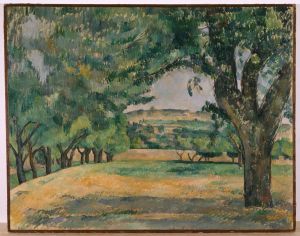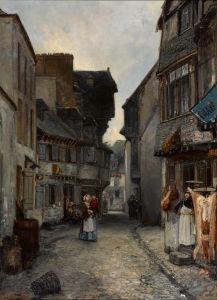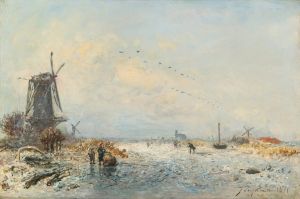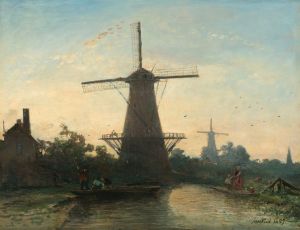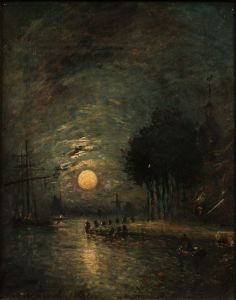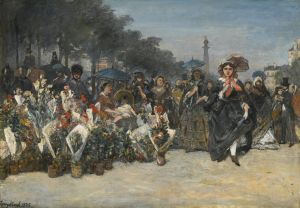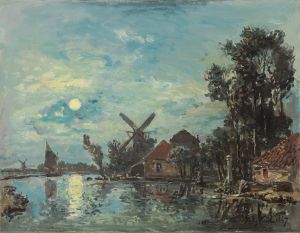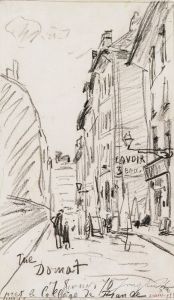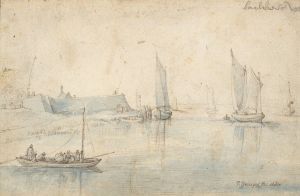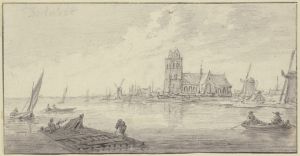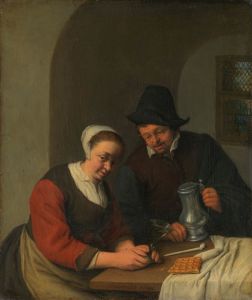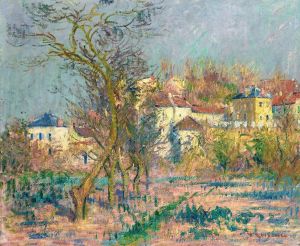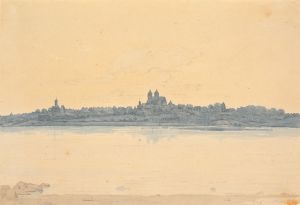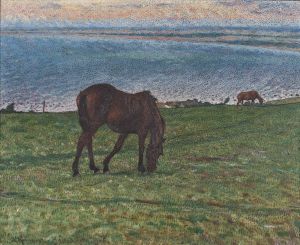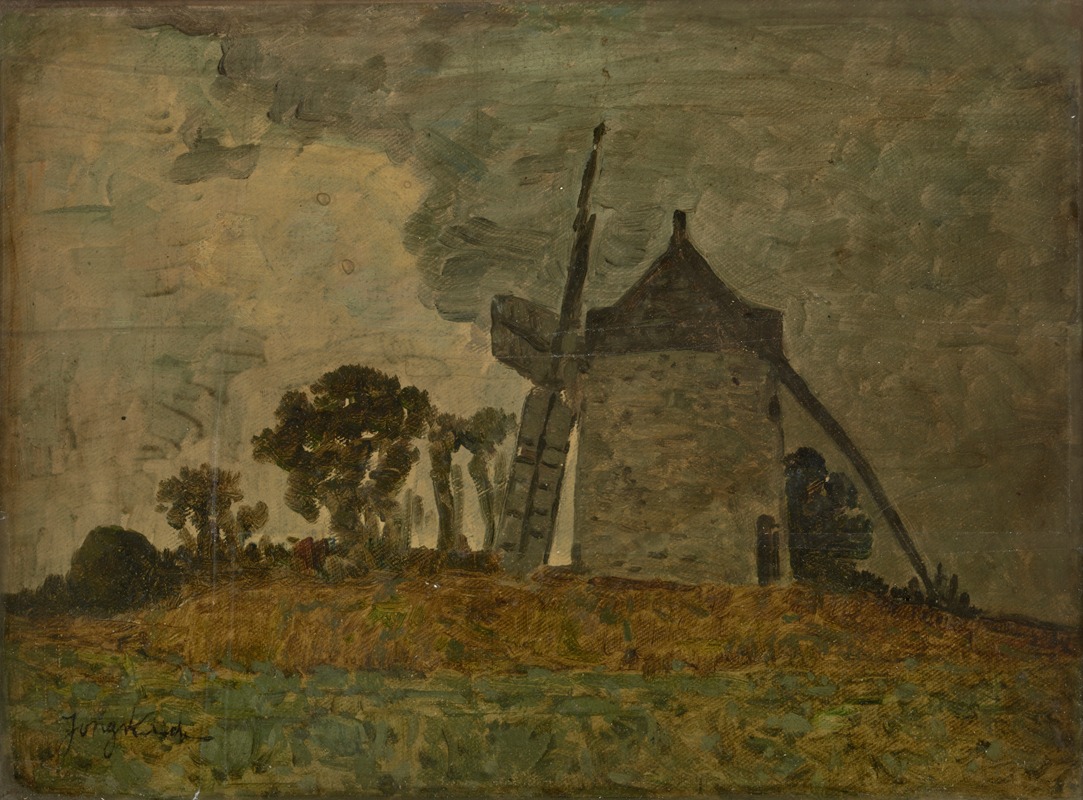
Landscape with a Windmill
A hand-painted replica of Johan Barthold Jongkind’s masterpiece Landscape with a Windmill, meticulously crafted by professional artists to capture the true essence of the original. Each piece is created with museum-quality canvas and rare mineral pigments, carefully painted by experienced artists with delicate brushstrokes and rich, layered colors to perfectly recreate the texture of the original artwork. Unlike machine-printed reproductions, this hand-painted version brings the painting to life, infused with the artist’s emotions and skill in every stroke. Whether for personal collection or home decoration, it instantly elevates the artistic atmosphere of any space.
Johan Barthold Jongkind, a Dutch painter born in 1819, is renowned for his significant contributions to the development of Impressionism. His work "Landscape with a Windmill" exemplifies his skill in capturing the essence of the Dutch landscape, a subject that frequently appeared in his oeuvre. Jongkind's paintings are celebrated for their innovative use of light and color, which influenced many Impressionist painters, including Claude Monet.
"Landscape with a Windmill" is a quintessential example of Jongkind's ability to depict the serene and atmospheric qualities of the Dutch countryside. The painting features a windmill, a common motif in Dutch art, set against a vast sky. Jongkind's treatment of the sky and clouds is particularly noteworthy; he employs a loose brushwork technique that conveys the transient effects of light and weather. This approach to painting skies and atmospheric conditions was a precursor to the Impressionist movement, which sought to capture the fleeting moments of light and color in nature.
Jongkind's palette in "Landscape with a Windmill" is characterized by soft, muted tones that reflect the natural environment. The use of blues, greens, and earth tones creates a harmonious composition that emphasizes the tranquility of the scene. The windmill, a symbol of Dutch heritage and industry, stands as a focal point in the composition, drawing the viewer's eye and anchoring the landscape.
Throughout his career, Jongkind was known for his plein air painting technique, where he painted outdoors to directly observe and capture the effects of light and atmosphere. This method allowed him to create works that were both realistic and imbued with a sense of immediacy. "Landscape with a Windmill" likely benefited from this approach, as Jongkind's attention to detail and his ability to convey the mood of the landscape are evident in the painting.
Jongkind's influence on the Impressionists cannot be overstated. His innovative techniques and his focus on capturing the natural world inspired a new generation of artists who sought to break away from the rigid conventions of academic painting. Monet, in particular, credited Jongkind with teaching him how to see and interpret the landscape in a new way.
"Landscape with a Windmill" is not only a testament to Jongkind's skill as a painter but also a reflection of his deep connection to the Dutch landscape. His ability to convey the beauty and tranquility of the natural world continues to resonate with viewers today, making his work an enduring part of art history. While specific details about the painting's creation and current location may not be widely documented, its significance within Jongkind's body of work and its impact on the Impressionist movement are well recognized.





